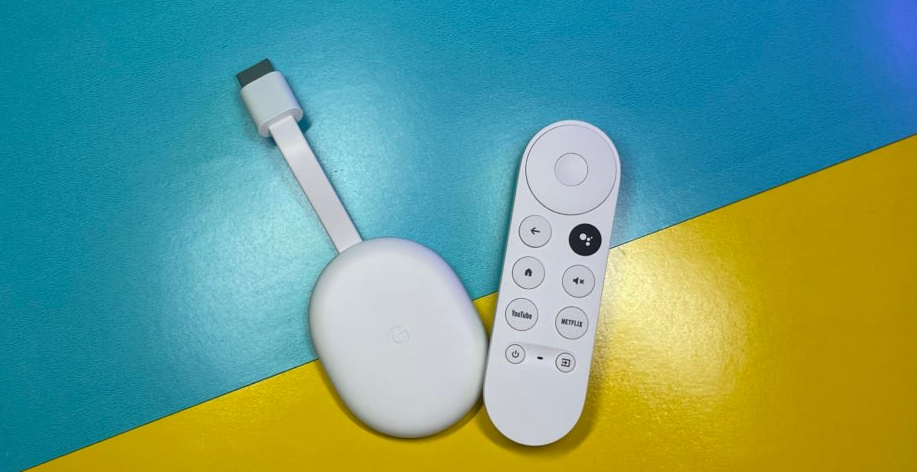The new generation of Google Chromecast has brought many new features. Among them, we can highlight the Google TV interface, which promises more fluidity, and the small remote control that ultimately eliminates the need to use the smartphone. Also known as Chromecast 4, the dongle can play up to 4K, supports HDR, Dolby Vision, and is compatible with the company’s famous virtual assistant, the Google Assistant.
Chromecast with Google TV was launched in September 2020, but has not yet found its faces in Brazil, at least until the publication of this review. Meanwhile, the third generation model is still available in the domestic market. In recent weeks, I’ve used Chromecast a lot with Google TV Portuguese and now share my user experience.
Ethics Notice
Tecnoblog is an independent journalistic vehicle that has helped people make their next purchasing decision since 2005. Our analyses are not intended to be advertising, so they highlight the positive and negative points of each product. No company has paid, reviewed or had early access to this content.
Chromecast with Google TV was acquired by Tecnoblog in retail. For more information, visit tecnoblog.net/etica.
The third generation Chromecast, launched in Brazil in 2019, was a cool dongle for portability and integration with Google platforms. But with the competition moving fast — and here I can quote Xiaomi, Amazon and Roku — the search giant needed to work on deep updates so as not to stagnate in this sector.
Starting with the design, in recent years Google has kept that look sober and dull in disco or wafer format. The new generation still has a bit of this shape, but brings a much more modern and beautiful finish. There are three colors (white, blue and pink) available on the market that help promote the clean and minimalist look, and the coolest thing is that the remote control accompanies the color of the dongle.
Installing Chromecast is still easy and in a few minutes it’s set up. All you need to do is connect the equipment to the HDMI port of the TV or monitor, and use the USB-A cable with USB-C to then connect the device. I, however, was somewhat frustrated to learn that the device can not use the USB port of the TV to energize and necessarily the user needs the power adapter sent in the box. We still had free take here, but this situation can be even more frustrating for those who are limited.
After installation, Google asked to perform the configuration and update the software. In that period, I can say that I had one of the best experiences possible. With the Google Home app, you could quickly integrate with my Google account, and within minutes, it was ready to use. The device supports 802.11ac Wi-Fi and works at both 2.4 GHz and 5 GHz, and has Bluetooth 4.1.
One of the main downsides of past Chromecasts is that they served only to mirror mobile content on the big screen without using control. Now you have a cute, compact, futuristic-looking accessory —I confess it’s one of the most beautiful controls I’ve ever seen. But as not everything is perfect, this beautiful format requires attention of the user, because losing it on the couch or in another environment of the house is very easy.
In commands, you have at your disposal navigation, selection, return, home, and volume buttons that have been allocated on the right side to fire with your thumb. There is only one shortcut to streaming, which allows you to open Netflix and another to YouTube. There’s also a well-highlighted button to trigger the Google Assistant—we’ll talk about it later in this review.
Owners of televisions with HDMI-CEC still have another advantage. The Chromecast remote can turn the TV on and off, which is great since it eliminates the need to keep using multiple controls for each type of action. In tecnoblog tests, the

